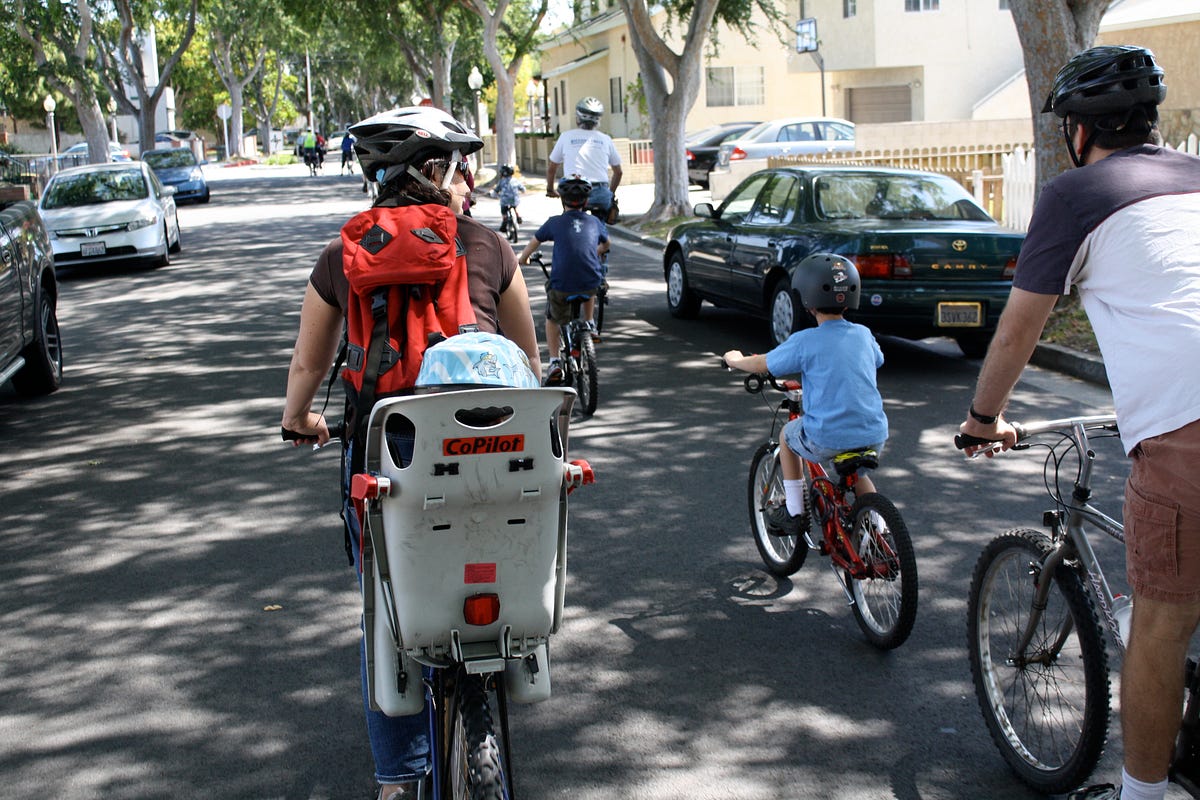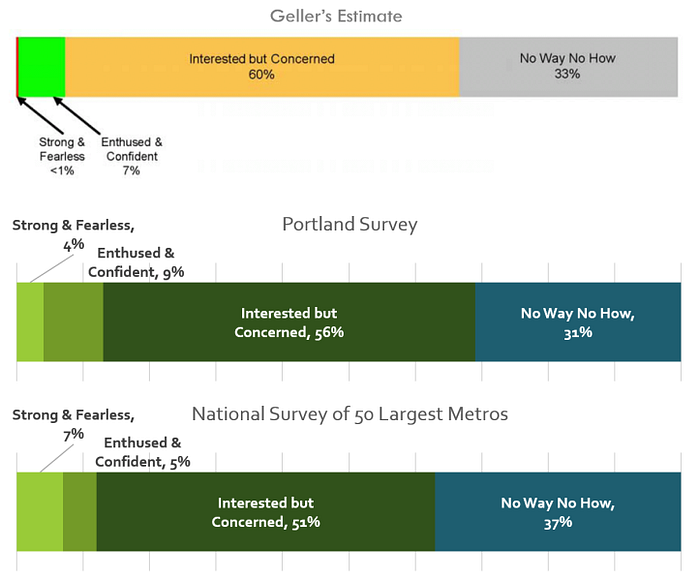Preserving farmland and woodlands across the 905 from development. Dense, transit-oriented development focused along rail lines, not necessarily expressways, doubling the density of the Yellowbelt within the 416 and older 905 suburbs, the redevelopment of shopping centres across the region as multi-use developments with significant housing.Up isn't the only solution. there are low rise and townhouse options as well but the city is out of land. What is your "20th century" solution?
Building new low density tract subdivisions should be very difficult to do within the GTA.
42







